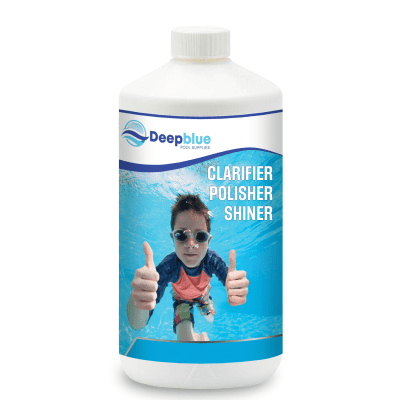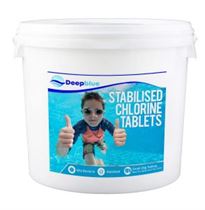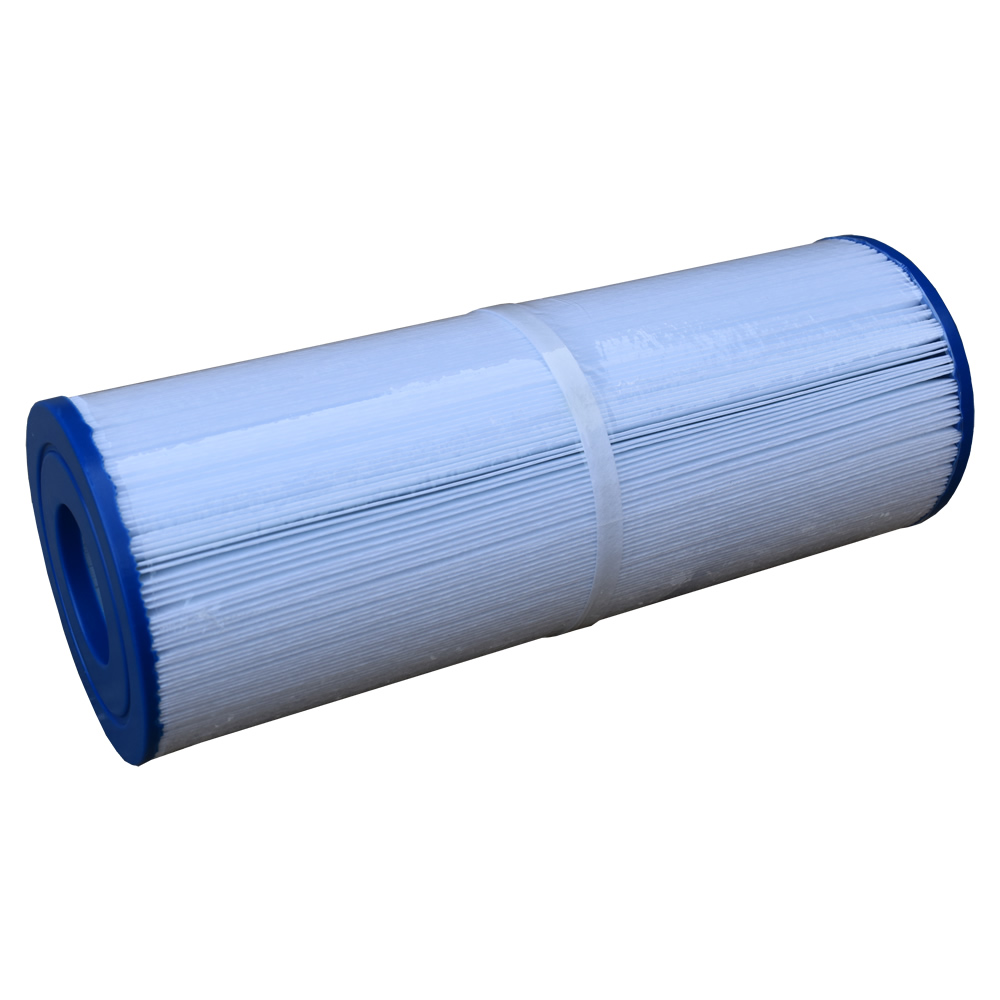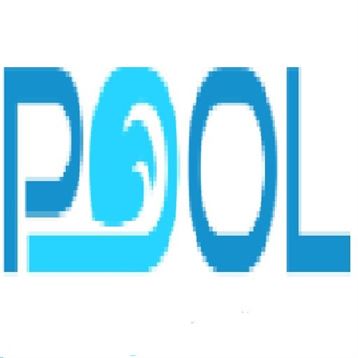Blogpool, Hottub, Maintenance
Operating a hot tub: A simple guide
I. Understanding Your Hot Tub
- Hot Tub Volume: Determining the water volume is crucial for accurate chemical dosing. The handbook provides several methods for calculation, including the Exterior Dimension Method and the more accurate Fill Time Method.
- Filtration System: The filter plays a vital role in maintaining clean water. “A water temperature hovering between 100°F – 104°F (38°C – 40°C) creates a ripe environment for undesirable stuff to fester.” Regular cleaning and replacement are necessary for optimal performance.
- Swim Spas: These larger units offer a swimming experience through adjustable currents. “Think of it as a treadmill for swimmers.” The handbook explores different current creation mechanisms like jet propulsion, paddle wheels, and propellers, each providing a unique swimming experience.
II. Setting Up Your Hot Tub
The handbook outlines a step-by-step process for setting up your hot tub:
- Positioning: Determine the best location considering factors like space, accessibility, and privacy.
- Electrical Connection: Ensure a dedicated GFCI outlet is available and installed according to safety regulations.
- Plumbing Connection: Connect the hot tub to your water source, considering using a hose filter to reduce impurities.
- Priming the Pump: “As the water circulates through the system, it’ll push out air that might be stuck in the plumbing, a problem called an air lock.” This process ensures proper water flow.
- Filter Installation: Insert the filter cartridge into the filter well, ensuring a snug fit.
- Filling: Fill the hot tub with water through the filter area, leaving space for displacement when bathers enter.
- Powering Up and Priming Jets: Turn on the power and prime the jets to release any remaining air in the system.
- Start-Up Chemicals: Once the water reaches 80°F (30°C), add start-up chemicals based on the calculated water volume.
- Initial Filter Run: Allow the filter to run for at least an hour to begin the water cleaning process.
- Water Testing and Balancing: Test the water using test strips or a kit and balance the alkalinity, pH, and calcium hardness.
- Setting Temperature: Maintain a comfortable water temperature between 98°F and 102°F (36°C and 38°C).
III. Maintaining Your Hot Tub
- Weekly Maintenance: Regular testing and adjustments of alkalinity, pH, and sanitizer levels are essential.
- Sanitizers: The handbook explores various options, including chlorine, bromine, mineral, and ultraviolet systems, highlighting their pros, cons, and ideal levels. “The result is a steady flow of effective sanitizer, softer water, fewer chloramines, and lower chlorine control dosages.”
- Water Balance: Achieving balanced water chemistry is vital for water clarity, equipment longevity, and bather comfort. The handbook provides detailed explanations of pH, alkalinity, calcium hardness, and their interplay. “While each of the levels you measure affects at least one of the others if it’s off, the most susceptible to poor water care is pH.”
- Water Testing: Regular testing using test strips, kits, or professional analysis helps ensure proper water balance. “Plan to test your water at least once a week.”
- Draining and Refilling: The handbook recommends draining and refilling the hot tub every 3-4 months to prevent TDS buildup and maintain water quality. “Draining and refilling your hot tub every three to four months may seem like a hassle, but when you realize how it contributes not only to your water’s cleanliness and quality, but to your health, the time spent will be well worth it.”
IV. Salt Water Hot Tubs
This section focuses on maintaining salt water hot tubs, covering:
- Conversion Process: Outlines the steps for converting a traditional hot tub to a salt water system.
- Salt Level Management: Emphasises the importance of maintaining proper salt levels based on the chlorinator manufacturer’s specifications.
- Sanitizer Levels: While the chlorinator produces sanitizer, regular monitoring of chlorine or bromine levels remains essential.
- Shocking: Explains the need for shocking to reactivate bromine or oxidise contaminants.
- Chlorinator Maintenance: Regular inspection and cleaning of the chlorinator are crucial for optimal performance.
V. Troubleshooting Common Issues
The handbook addresses a wide range of common hot tub problems, offering solutions and advice. This includes:
- Cloudy Water: Causes, prevention, and treatment methods for cloudy water.
- Foamy Water: Identifying sources of foam and appropriate treatment.
- Green Water: Addressing green water caused by copper oxidation and algae growth.
- Brown Water: Resolving brown water caused by iron oxidation and debris buildup.
- Air Lock: Diagnosing and resolving air lock issues in the circulation system.
- GFCI Tripping: Identifying and addressing potential causes of GFCI tripping.
- Weak Water Flow: Troubleshooting water flow problems, from clogged filters to pump malfunctions.
- Heater Issues: Understanding error codes related to heater problems and troubleshooting steps.
- Jet Malfunctions: Resolving issues with jets, including low pressure, blockage, and non-functional jets.
VI. Additional Information
The handbook provides valuable tips for energy and cost savings, as well as environmental considerations:
- Energy Efficiency: “By lying right on the surface of your hot tub water, under the cover, a floating thermal blanket will stop nearly all evaporation and gassing off of chemicals.” Tips for maximizing energy efficiency and reducing operating costs.
- Recycling Spa Water: “Your used spa water is gray water, which means it isn’t safe to drink, but can be used for things like washing your car and watering your garden.” Guidance on recycling used spa water responsibly.
- Chemical Usage: Emphasises the importance of using chemicals sparingly and responsibly to minimise environmental impact.
VII. Useful Resources
The handbook concludes with:
- Chemical Dosing Charts: Provides easy-to-use charts for calculating the correct dosages of various chemicals based on hot tub volume.
- Recommended Chemicals, Tools, and Equipment: A comprehensive list of essential items for maintaining and enjoying your hot tub.
- Glossary: A detailed glossary defining key terms used in the handbook, enhancing understanding of hot tub terminology.
















